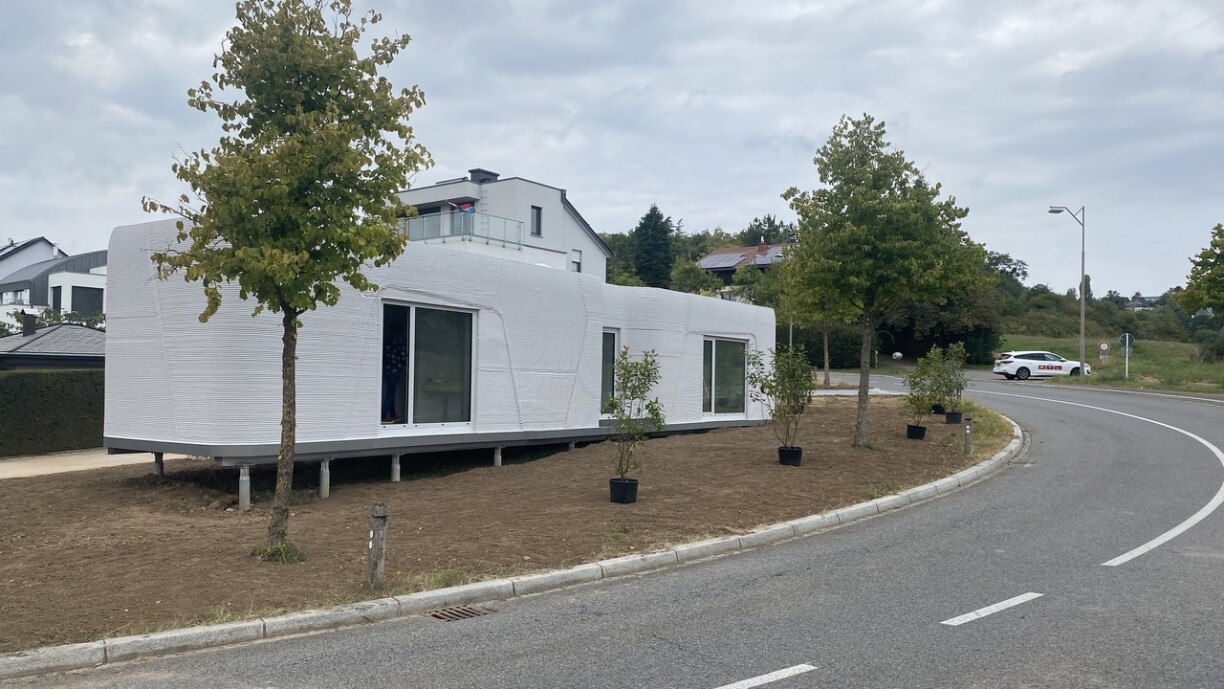
With many young people struggling to find affordable housing, new concepts are gaining attention in Luxembourg. One of them is the tiny house.
Niederanven’s mayor Fred Ternes welcomed the project after months of work. “It is wonderful to see the first 3D-printed Tiny House now standing here in Luxembourg.”
The project is part of the initiative “Hei wunne bleiwen” (staying here), which aims to help residents under the age of 35 stay within their community. Five different housing units are available under the scheme, which tenants can rent for up to 10 years. Demand has been high, with 23 applications submitted, most of them for the tiny house. Rent has been set at 900 euros per month.
Applicants were selected according to criteria defined by the municipality, such as length of residency and volunteer work, according to the mayor. The first tenant chosen was someone who has lived in the community since birth and has long been active as a volunteer. “We are pleased because this is exactly the target group we wanted to reach,” said the mayor. “Young people who are increasingly struggling to afford housing in the municipality.”
Beyond its social role, the project is also a technical milestone. The 3D-printing process itself took just 27 hours, according to architect Bujar Hasani, who emphasised both the speed and the architectural flexibility of the method. He believes that young people in particular will want to work with this method in the years to come, with local and ecological materials used in construction. Even the façade’s colour was designed to serve as insulation.
While experimental in nature, Hasani believes that this building technique should have a future in Luxembourg. “Other countries have already taken this step and continue to develop it further,” he continued.
The municipality plans to expand the tiny house model, potentially filling vacant plots of land or even creating small neighbourhoods. The project carries symbolic weight: a step toward more affordable housing, more sustainable building, and a contribution to Luxembourgish innovation.